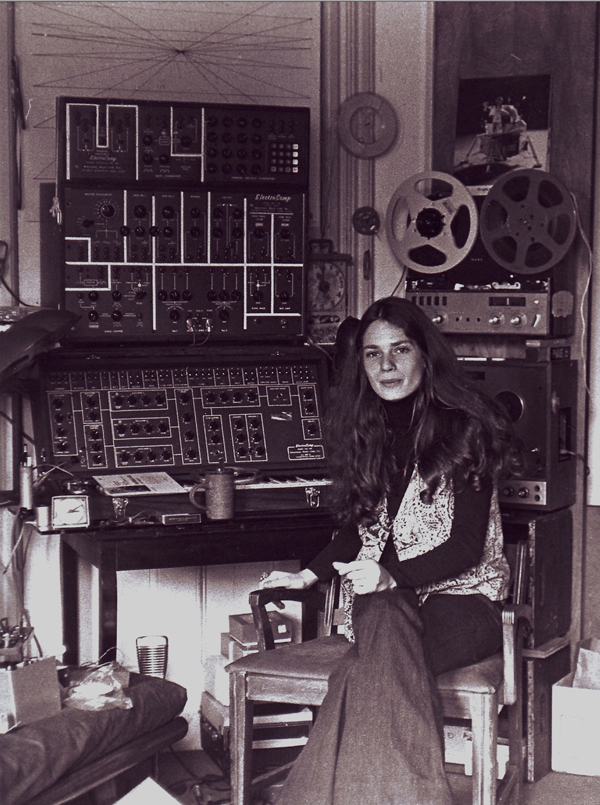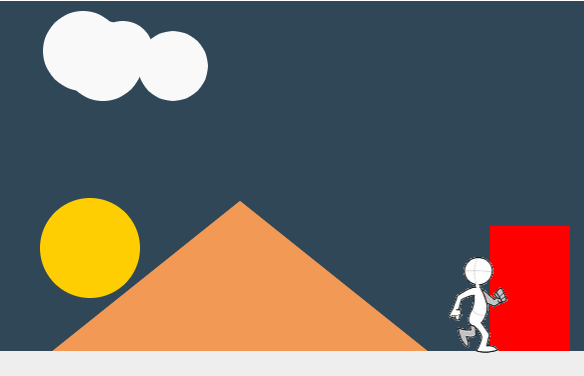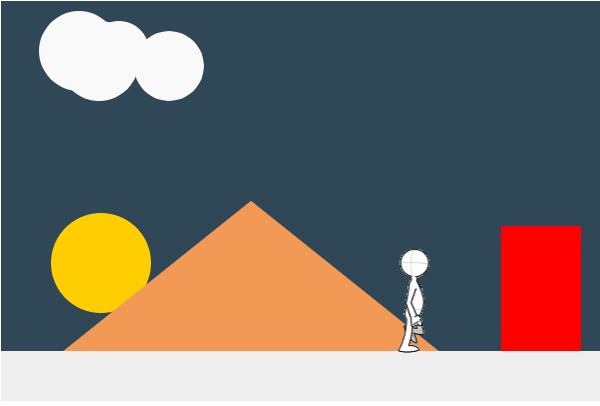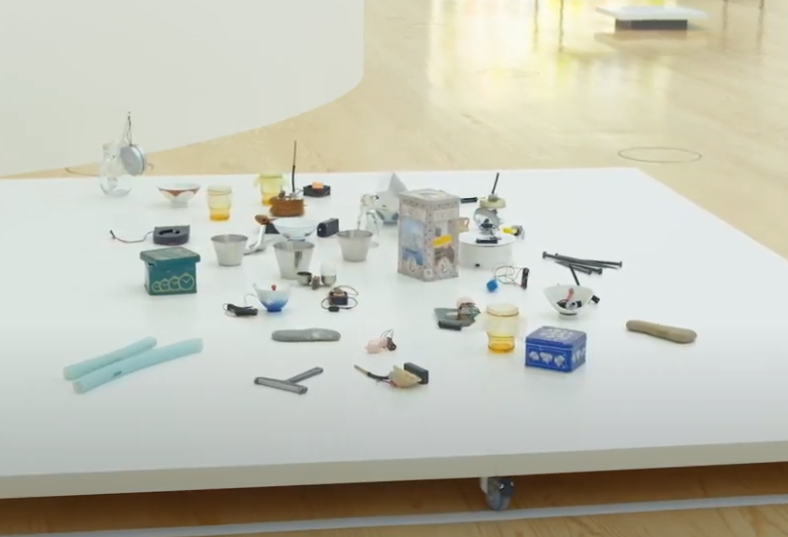For this assignment I chose to create an environment with a somber ambience so I drew a series of images in illustrator to accompany the sounds. The woman is smoking out her window and you can hear her television in the background, her cat meowing, the pigeons cooing, her blowing the smoke out, and lastly the street traffic and sounds of a busy city.
//Graana Khan
// Project 10 Section B
//My story is a woman smoking out her window with noises of her cat meowing,
// pigeons cooing, the TV playing in the back, noise of her exhaling the smoke,
// and the traffic of the busy city she is in. I wanted a lot of ambiance.
//image variables I made in illustrator
var backdrop;
var woman1;
var woman2;
var pigeons1;
var pigeon2;
//sound variables
var meow;
var coo;
var tele;
var traffic;
var smoke;
var counter = 0;
function preload() {
// calling images
backdrop = loadImage("https://i.imgur.com/iYYNGb3.png");
woman1 = loadImage("https://i.imgur.com/2Kt4BvK.png");
woman2 = loadImage("https://i.imgur.com/Qj2xRJz.png");
pigeons1 = loadImage("https://i.imgur.com/XIXBGYQ.png");
pigeons2 = loadImage("https://i.imgur.com/XYaJDPO.png");
//calling sound
meow = loadSound("https://courses.ideate.cmu.edu/15-104/f2020/wp-content/uploads/2020/11/110011__tuberatanka__cat-meow.wav");
coo = loadSound("https://courses.ideate.cmu.edu/15-104/f2020/wp-content/uploads/2020/11/319512__squashy555__pigeon.wav");
tele = loadSound("https://courses.ideate.cmu.edu/15-104/f2020/wp-content/uploads/2020/11/185605__dementan__japanese-news.wav");
traffic = loadSound("https://courses.ideate.cmu.edu/15-104/f2020/wp-content/uploads/2020/11/345948__knufds__city-ambiance-new-york.wav");
smoke = loadSound("https://courses.ideate.cmu.edu/15-104/f2020/wp-content/uploads/2020/11/491053__sleepskraper__smoke.wav");
}
function setup() {
createCanvas(480, 600);
useSound();
frameRate(1);
}
function soundSetup() {
meow.setVolume(0.1);
coo.setVolume(0.1);
tele.setVolume(3);
traffic.setVolume(0.25);
smoke.setVolume(8);
}
function draw() {
background(200);
image(backdrop, 0, 0, 480, 600);
//playing the image and some sounds graphics on specific frame counts
switch(counter){
case 0: W1(); P2(); break;
case 1: W1(); P1(); break;
case 2: W1(); P2(); break;
case 3: W2(); P1(); break;
case 4: W1(); P2(); break;
case 5: W1(); P1(); break;
case 6: W2(); P2(); break;
case 7: W1(); P1(); break;
case 8: W1(); P2(); break;
case 9: W2(); P1(); break;
case 10: W1(); P2(); break;
case 11: W1(); P1(); break;
case 12: W2(); P2(); break;
case 13: W1(); P1(); break;
case 14: W1(); P2(); break;
case 15: W2(); P1(); break;
case 16: W1(); P2(); break;
case 17: W1(); P1(); break;
case 18: W1(); P2(); break;
case 19: W2(); P1(); break;
case 20: W1(); P2(); break;
case 21: W1(); P1(); break;
case 22: W2(); P2(); break;
case 23: W1(); P1(); break;
case 24: W1(); P2(); break;
case 25: W2(); P1(); break;
case 26: W1(); P2(); break;
case 27: W1(); P1(); break;
case 28: W2(); P2(); break;
case 29: W1(); P1(); break;
case 30: W2(); P1(); break;
}
counter++;
//reset the counter after 15 frames
if(counter >= 30){
counter = 0;
}
if(counter <= 30){
tele.play();
traffic.play();
}
}
function W1(){
image(woman1, 0, 0, 480, 600);
}
function W2(){
image(woman2, 0, 0, 480, 600);
smoke.play();
meow.play();
}
function P1(){
image(pigeons1, 0, 0, 480, 600);
}
function P2(){
image(pigeons2, 0, 0, 480, 600);
coo.play();
}![[OLD FALL 2020] 15-104 • Introduction to Computing for Creative Practice](../../../../wp-content/uploads/2021/09/stop-banner.png)







